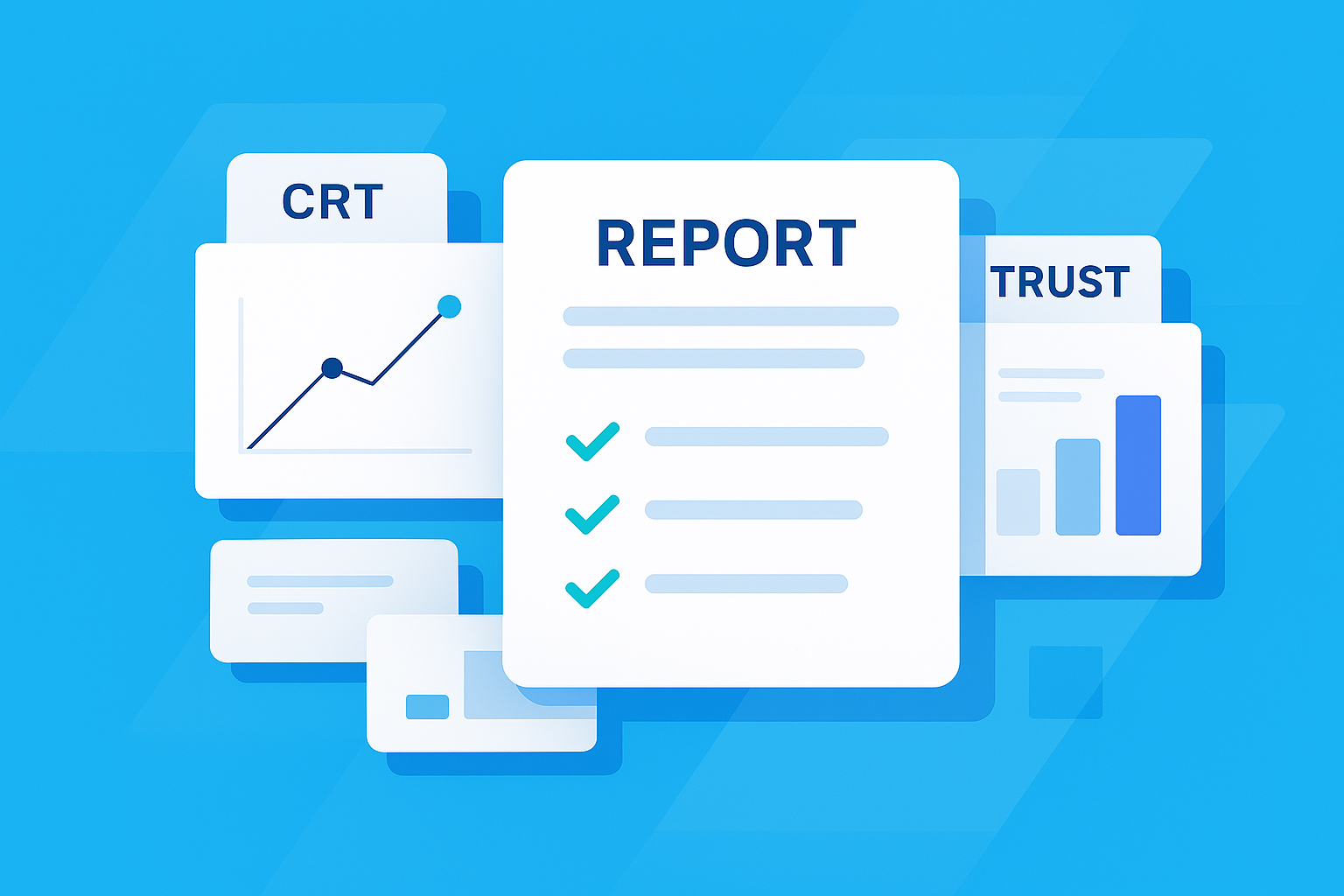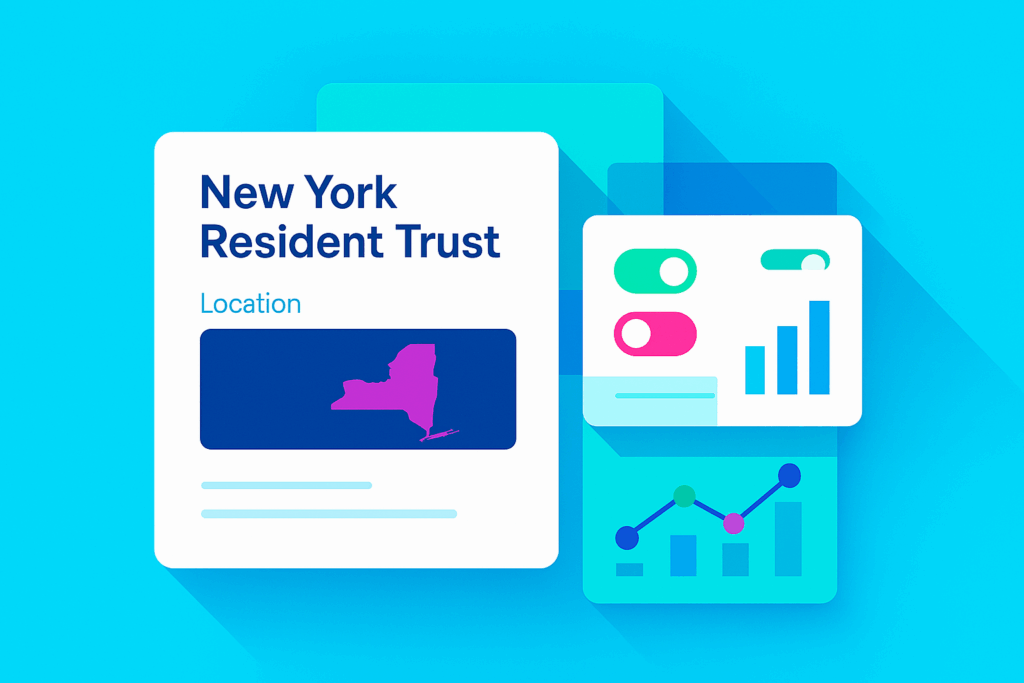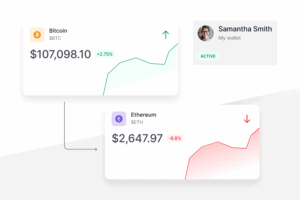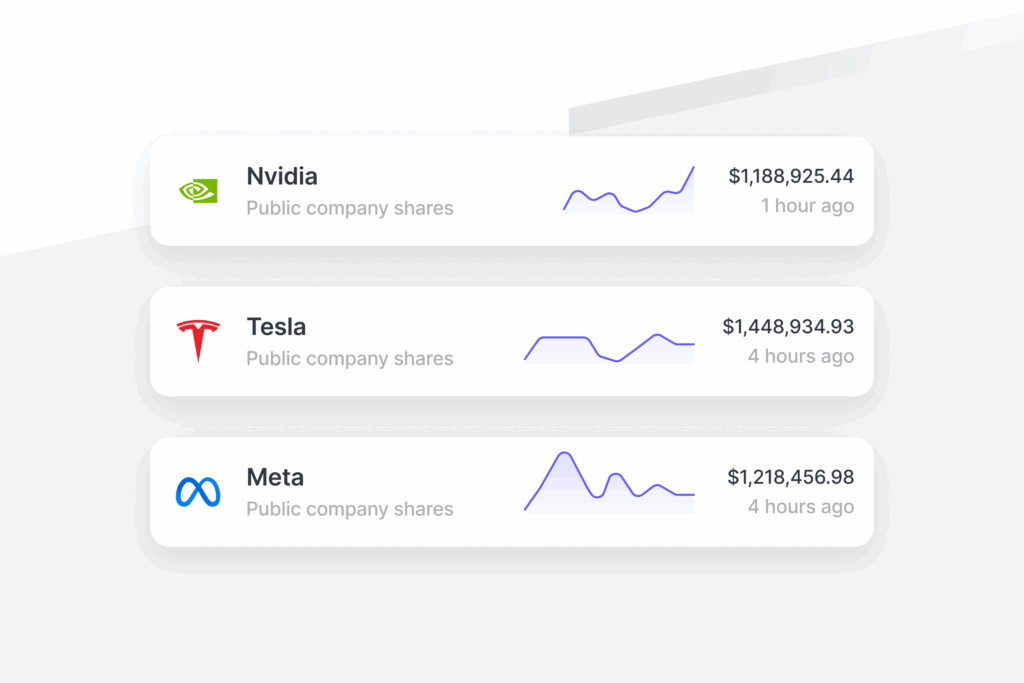A small business owner expecting about $2 million in capital gains from the sale could potentially unlock an additional $5.5 million over their lifetime by using a Charitable Remainder Trust (CRT) before the transaction.
In this post, we’ll walk through a real-life example showing how a Charitable Remainder Unitrust (CRUT) can be used to sell a business. We’ll cover how it works, the potential tax and income benefits, and the key tradeoffs to consider.
Case Study
Nicholas, a New York–based founder, started his business in 2015 with about $250,000. Today, it’s valued at roughly $2.25 million. It’s been a great run, but he’s now looking to sell his business.
If he just sells business without doing any tax planning, Nicholas will owe the federal government about $480,000 in taxes on his capital gains, and he’ll owe New York (city and state) another $270,000, for a total tax bill of around $750,000. Nicholas would rather not send more than 35% of his gains to the government immediately, who would?, so he’s looking into a Charitable Remainder Trust or CRT.
Charitable Remainder Unitrust (CRUT) Overview
Recall that a CRT is a tax-exempt, irrevocable trust designed to reduce individuals’ taxable income. It distributes income to the trust beneficiaries at least annually for a specified period and, when that period is over, donates the remainder, everything that hasn’t been distributed yet, to your chosen charity.
A charitable remainder trust is the best of all worlds: It allows you to stash your assets in the trust, receive an up-front tax deduction, defer your taxes on any gains you realize inside the trust (for example, when you sell appreciated assets), put the trust’s income to use for yourself, and then donate a portion of the assets to charity at the end of the trust’s term.
Recapping the Numbers
Cost basis on business to be sold: $250,000
Current value: $2,250,000
Immediate Charitable Deduction
The first benefit Nicholas will receive from putting his business into a CRUT is an immediate tax deduction. There’s some complicated IRS-mandated math here, but the end result is actually straightforward: Nicholas will get to deduct about 10% of the current value of the assets he puts into the trust. In this case, that’s a $225,000 deduction. Since he lives in a high-tax city in a high-tax state, the tax savings are substantial: That $225,000 deduction translates into cash savings of about $90,000 on this year’s taxes.
No Taxes On Sale
So Nicholas starts about $90,000 ahead. The biggest benefit of a CRUT, though, is that he gets to defer all of the taxes, state and federal, he would otherwise have owed on his big sale. Instead of paying that $750,000 in taxes we calculated above, he’d get to keep that money and invest it.
Interested in learning more?
Available Withdrawals
There’s one more significant question Nicholas has to ask himself: How much liquidity does he need, and when?
One of the first questions we get in most conversations with our users is the following: “The returns are nice, but what if I need liquidity?” The answer is that CRUTs are more flexible than you think–in many ways, but especially in terms of liquidity options.
First, and most simply, due to the structure of CRUTs, Nicholas will have access to a growing share of his money every year, starting as soon as he sells his business: Every year after he sells, he’ll be able to cash out a set percentage of the trust’s current value (for a term trust, it’ll be around 11%; for a lifetime trust, it depends on his age, but it’ll be right around 6%). If Nicholas chooses a lifetime trust, and assuming that his trust’s assets grow at a historically average rate, he’ll be able to pull out about $2.24 million, strikingly close to the full starting value of his trust, after just 10 years. And if he chooses a term trust, he’ll be able to pull out even more if he wants to.
Aside from that simple liquidity calculation, moreover, Nicholas has other tools at his disposal. One easy option is to open a simple line of credit: Although he can’t borrow against the value of his CRUT, since part of that value belongs to his chosen charity, he can open a line of credit using the future income from his CRUT as collateral. What this means in practice is that Nicholas can access as much as the full value of his expected payouts from the trust at a reasonable interest rate, should he need more than the liquidity he would normally be able to take out of his trust.
What would all of these tax savings and investment gains mean for Nicholas’s bottom line? After, say, 40 years, if Nicholas has his money in a Charitable Remainder Trust, he’ll end up with about $20 million in total payouts. He’d ultimately pay about $7.3 million of that in taxes, so he ends up with about $12.7 million in his pocket.
Lastly, he’d also get to make a sizable donation to charity, to the tune of $3.8 million. This is the tradeoff of why the government is willing to let him grow his money tax-free.
If, instead, Nicholas had kept his money in a regular, taxable investment account, he would have instead ended up with about $10.5 million before taxes or $7 million after taxes.
In other words, even after donating a decent chunk of change to charity, Nicholas still pockets an extra $5.7 million by putting his business into a CRUT right before he sells it.
Next Steps
Want to know more about business estate CRTs strategies? Check out Selling a Small Business Guide. Get started at no cost and no commitment. And if you have any questions, contact us through our chat button below, or schedule a meeting with us.
About Valur
We’ve built a platform that makes advanced tax planning – once reserved for ultra-high-net-worth individuals – accessible to everyone. With Valur, you can reduce your taxes by six figures or more, at less than half the cost of traditional providers.
From selecting the right strategy to handling setup, administration, and ongoing optimization, we take care of the hard work so you don’t have to. The results speak for themselves: our customers have generated over $3 billion in additional wealth through our platform.
Want to see what Valur can do for you or your clients? Explore our Learning Center, use our online calculators to estimate your potential savings or schedule a time to chat with us today!
































